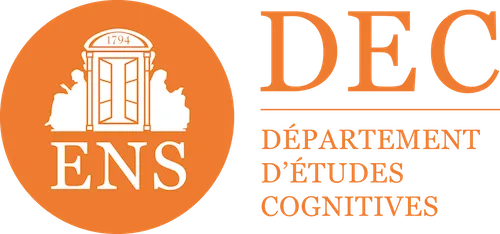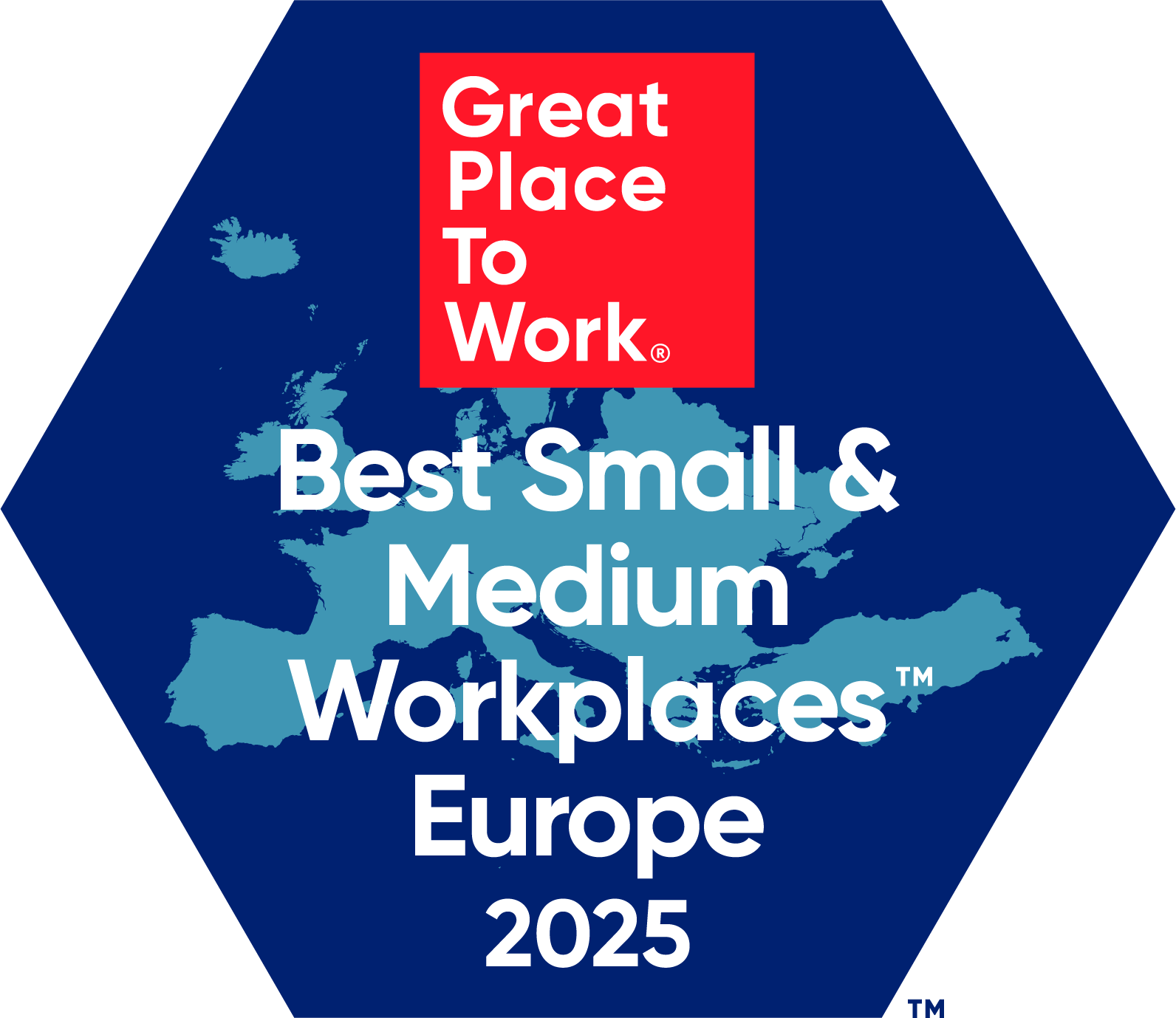

eLearning platforms: what if we went towards more educational simplicity?
The attentional pursuit
In our work environment, the number of requests has exploded: email notifications, corporate email notifications, number of procedures to follow, documents to read... In other words, our attention, who must sort, select, prioritize all this, is seriously undermined. We often flutter from one task to another, with at the end of the day, the feeling of not really making progress.
To stand out in the midst of this mass of demand, each solution competes in ingenuity to distinguish itself and capture the user's attention in the long term. It is who will best optimize the contrasts of its interface, find the subtle balance between pleasant surprise and reassurance, guidance and autonomy. Digital training is no exception. Often followed at the workplace, she is also in the running in this attentional pursuit.
Artificial intelligence, serious games, videos, social learning, social learning, chatbot, chatbot, personal learning assistant, virtual and augmented reality: we use everything that technology and UX design can offer us to keep the learner in front of the screen... and discourage him from alternating between the different tabs of his browser.
These innovations generally increase the completion rates of training courses and luckily: they were made for that. Except that being committed does not mean learning, and that's usually where the problem lies. Sometimes, we even notice that theThe progress made by those who have completed the training is lower than those who have taken more traditional courses.. It's the famous “we had fun but I didn't remember anything!” syndrome.
A “textbook” case
Let's take a tour of Switzerland, in the center of educational innovation in EPFL Where does the researcher work Pierre Dillembourg and his team. Pioneers, they tested in the early 2010s An augmented reality device to teach warehouse logistics to students. Learners manipulated blocks, which were supposed to represent the various warehouse facilities, and organized them on a map. A smart sensor analyzed the layout of the blocks in real time and a connected projector displayed small vehicles moving around the warehouse. Animations showed students which areas of the warehouse were so poorly arranged that vehicles could not access them.
Manipulation, new technology, intelligent analysis in real time, immediate feedback... We are on a very high level of educational innovation, only a few years away from the first artificial intelligence MOOC at Standford University!
As good researchers, Pierre Dillembourg and his team sought to assess the progress induced by this educational system. They measured learners' performance before and after several sessions. with the augmented reality device and compared it to those of learners who followed a more traditional program, with exercises to be solved on the board.
Surprise: the learners in the “augmented reality” group, although more engaged, learned less well than those in the “blackboard” group.
Why? Seduced by the new device, the learners had a lot of fun with it, and looked for limited uses: “If I put my kit under the sensor, what happens? And if you put all the blocks on the table, where will the small vehicles appear?” Surely they have learned about how the sensor works, but much less about how the warehouse works!
Fortunately for our Swiss friends, the story does not end there: a few adjustments in the teaching experience (no more real-time feedback, they are triggered by the teacher) allowed This innovation to reveal its full potential... and for learners to learn better compared to the “blackboard” device.
On the way to more educational simplicity.
What are the lessons to be learned from this story? Already the innovation well managed, adapted both to the needs of the learners and to the objectives of the trainer, really makes it possible to improve learning. After having opened this door, which is already wide open, let's look at what “well-managed educational innovation” is.
The purpose of educational innovations is precisely to capture the attention of learners and keep them engaged. Attentional resources of learners are available in limited quantities: each fun mechanism, each small animation that you add to your device takes up space that will not be available to process the essential information of your training. Their use therefore potentially has a resource cost that comes at the expense of learning.
It is therefore necessary to demonstrate pedagogical sobriety: choose the right level of innovation in relation to your educational objectives. The idea is not to go back to boring text-based MOOCs, but to ask yourself the right questions: is this expensive virtual reality device really essential for your learners to visit a particular production site on the other side of the world? Is a complete serious game necessary to learn this basic customer relationship skill?
Sometimes the answer is yes: virtual reality is a great tool for learning motor skills to be performed “on the fly.” If you are training operators in a hostile environment, surgeons, airplane pilots, that's exactly what you need! You just have to be careful that The surplus of information added by innovation really serves your goals and are not a gimmick.
But often, the answer is no, and it is therefore necessary to go back to more traditional solutions while “boosting” them with a supplement. neurosciences : What if a learner filmed himself to show a peer how he performs such a technical gesture? This creates social proximity and if you suggest that the learner imagine themselves performing the actions at the same time as their colleague, this activates their mirror neurons and boosts their motor learning.
Besides, little riddle: there is an educational activity, which has been studied many times by research. It allows excellent long-term memory, a fine understanding and a better application in the field. However, she was much maligned for her academic and boring image. Do you have it? These are the quizzes with automatic feedback ! Provided they are well designed, they are also very engaging and highly appreciated by our learners... and especially quick to design! In line with research, they are therefore one of our flagship educational formats.

Thus, educational simplicity is:
👉 Clearly identify your needs : make learners aware that they need to be trained? Anchoring automations that they will have to apply in an emergency situation?
👉 Choosing an answer with the right level of complexity : do I need a complete serious game? Or are a few questions at the start of a micro learning module enough?
👉 Avoid gas factories expensive to set up, deploy, and update.
At Didask, educational effectiveness has always been in our DNA. This approach of pedagogical simplicity was therefore naturally a prerequisite in the development of our e-learning solution. Whether via our LMS, the embedded educational facilitator gives you the means to follow my advice above and to train sobriously!
sourcing
Schneider, B., Jermann, P., P., Zufferey, G., & Dillenburg, P. (2010). Benefits of a tangible interface for collaborative learning and interaction. IEEE Transactions on Learning Technologies, 4(3), 22-232.
Make an appointment directly with our eLearning experts for a demo or simply more information.














